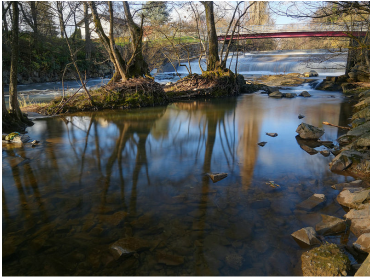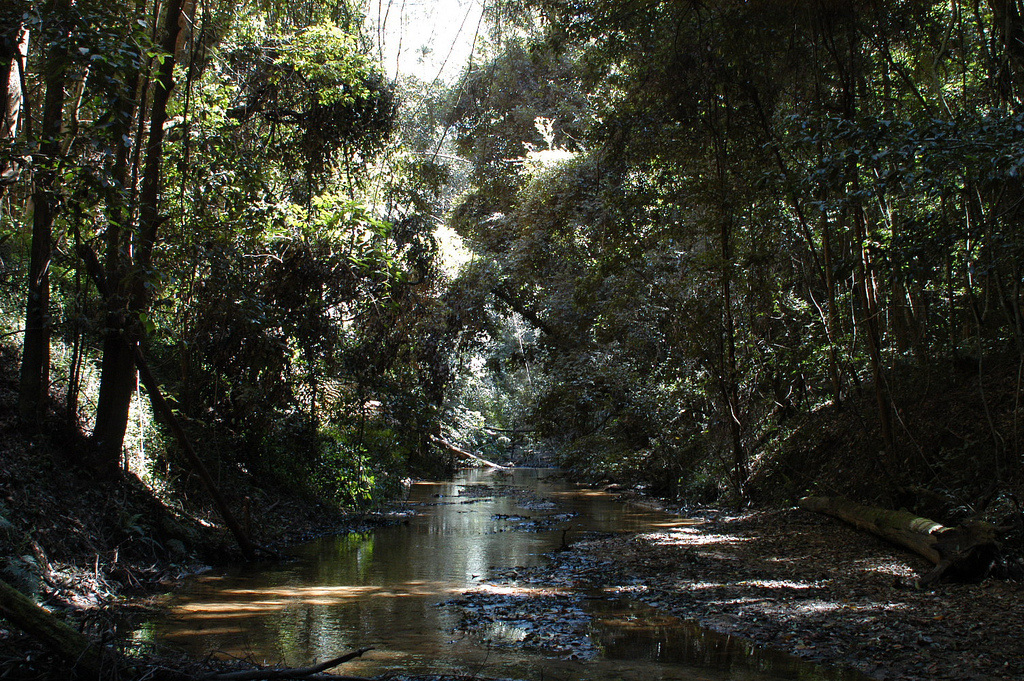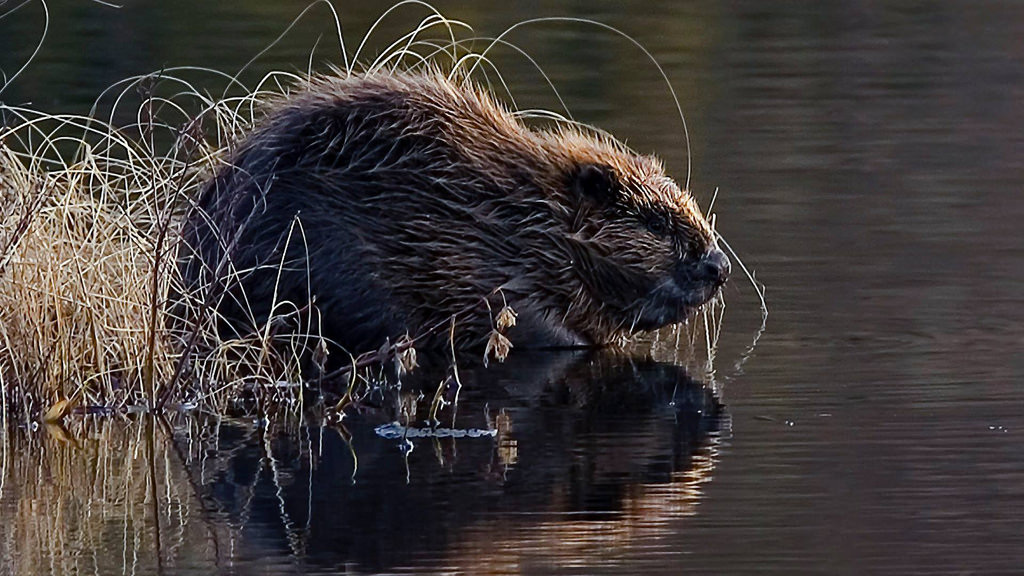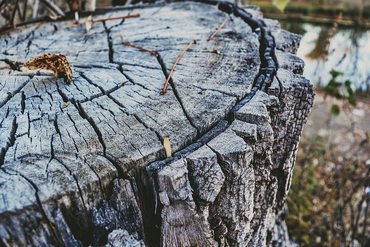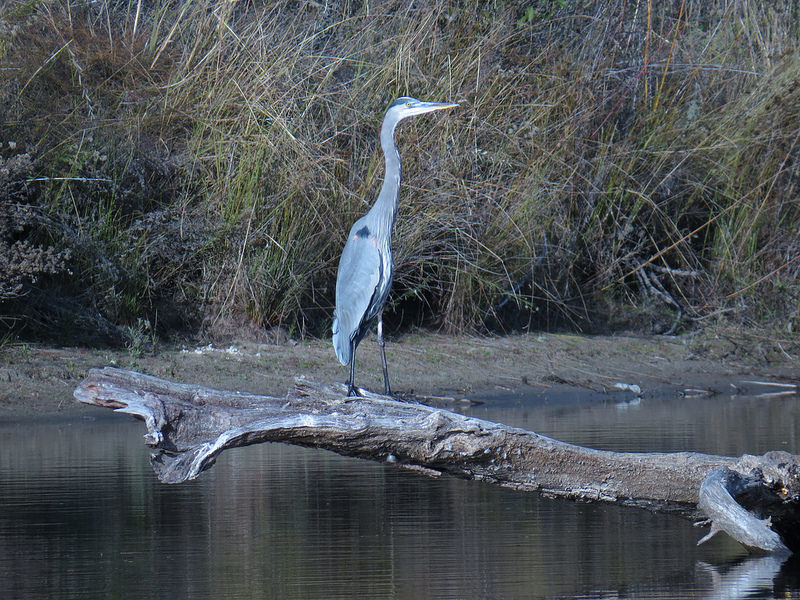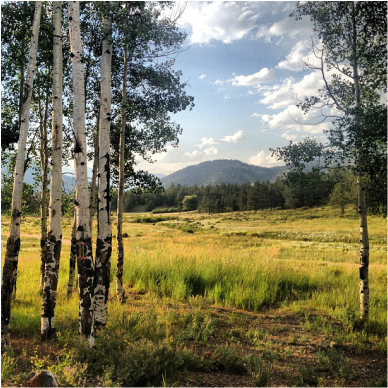Introduction To The Riparian Ecosystem:
A riparian ecosystem is basically wherever you see a lake, stream, and river. But what separates us from every other zone is that we're not in one specific climate or zone. Say there is a stream flowing by your house, since you're right on the stream therefore your house is located in the riparian zone. Lets also say there's a lake in the middle of a dessert, even though its hot and dry rather than being wet and humid its still a riparian zone because its a body of water that is defined under the riparian zone standards. To sum it all up, a riparian zone is where land meets lake, stream or river.
Abiotic Characteristics
Major Consumers
Human Impacts
Works Cited
|
Birds
|

